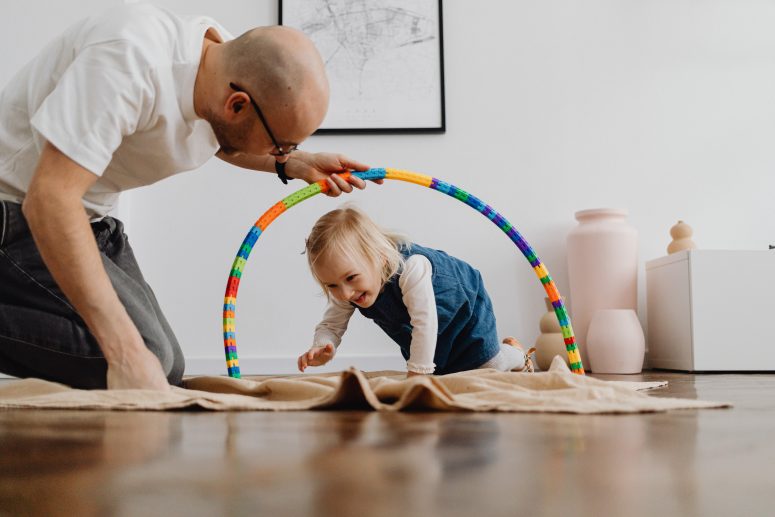Therapy is an opportunity for two, or more, individuals to build a relationship which supports the client to explore experiences, behaviours and patterns of relating that may be interfering with one’s life or relationships. It is a space for the client to make sense of and to challenge these aspects and eventually try out new habits that may be more healthy and fulfilling. When it comes to adults, the main mode of carrying out therapeutic work is through a verbal discussion, sometimes even by writing and journaling. This means that an adult’s cognitive understanding of experiences and verbalising the emotions being brought out is crucial.
Child’s Play
When considering children who would have either experienced a traumatic event in their life; who may be having difficulty building healthy relationships; who may not be able to communicate their emotions effectively; or who in some way or another are experiencing emotional or behavioural difficulties; would benefit from having therapy in the form of play. The child’s current stage of development makes a traditional, discourse based, approach to therapy difficult.
At a young age, children find it hard to identify and express their emotions verbally. Their understanding of their world and experiences may also be more focused on the concrete rather than the abstract, whilst their view of themselves is much dependent on the adults around them. A therapeutic play session offers the child a safe space, without too many rules and limitations, to express freely whatever is being experienced internally. The therapist may at times opt for a directive or a more non-directive approach to therapy. The former occurs when there is more input from the therapist, whereas the latter occurs when the therapist follows more the flow of the child. Therapists may shift between one or the other with the same client, and other external factors- such as court cases or child protection issues, may be playing a part.
How does Play Therapy Work?
Play therapists provide different media for their young clients which may involve drawing and painting, using sand, miniatures, water and even clay. Other media could be puppetry and role playing, music, movement and relaxation techniques. The therapist would thus become a part of the child’s internal world by experiencing and observing their expression through these media. The child may not be able to explain these processes, so a therapist’s presence would be useful for clarification, narrating and also describing what is being seen during the time together.
Working with the Child
Another role of the therapist is when families and caregivers are included in the therapeutic process. The child has to be viewed as part of the family or educational setting, and by acknowledging how these different individuals are affecting or can support the child’s growth, is essential for enabling the best possible therapeutic results. The therapist would be able to hold meetings or give feedback in a way to encourage these individuals to collaborate and communicate better with the child.
If you think that you can benefit from professional support on this issue you can reach out here.
Abigail Church is a Humanistic Integrative Counsellor who works with adults and children through counselling with Willingness. She can be contacted on abigail@willingness.com.mt or call us on 79291817.
References:
- https://www.psychologytoday.com/us/therapy-types/play-therapy
- https://www.a4pt.org/page/PTMakesADifference/Play-Therapy-Makes-a-Difference.html
- Crenshaw, D., Stewart, A., & Brown, S. (2014). Play Therapy. New York: Guilford Publications.
- Landreth, G. (2012). Play Therapy. London: Routledge.

